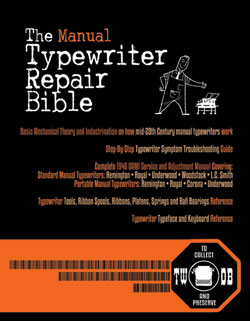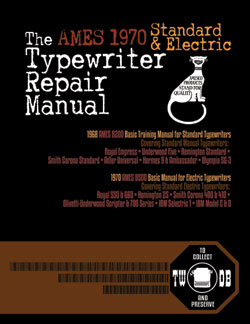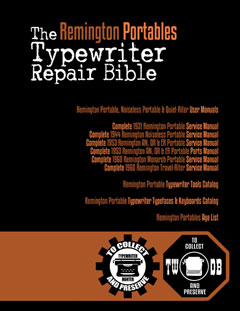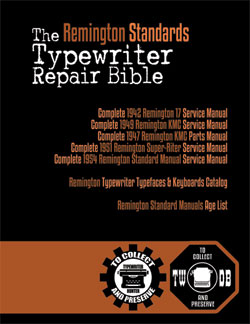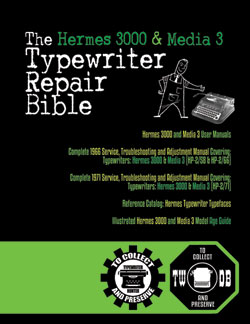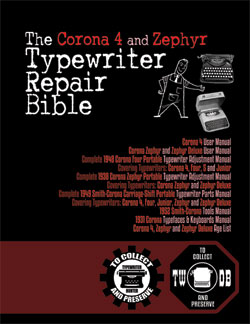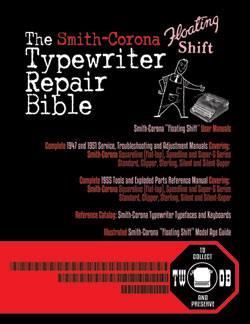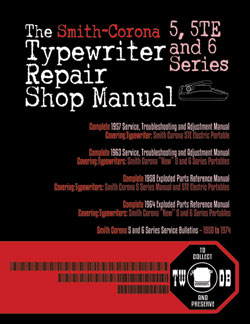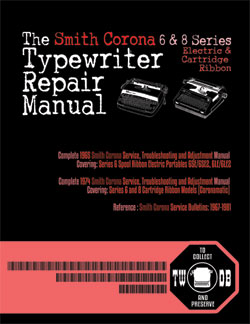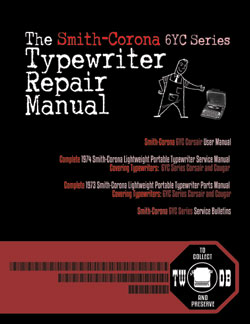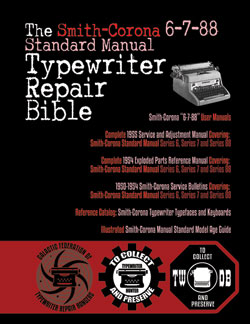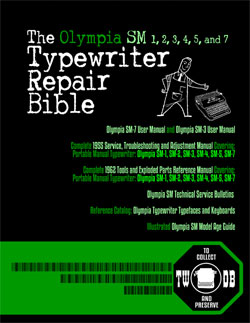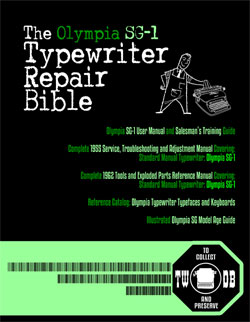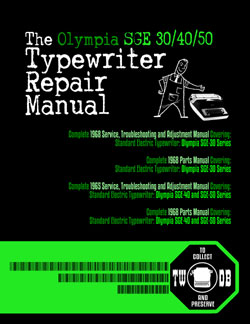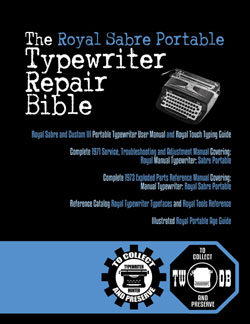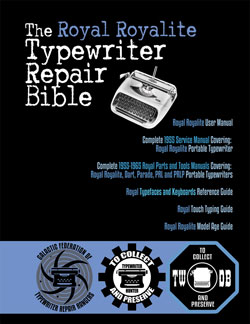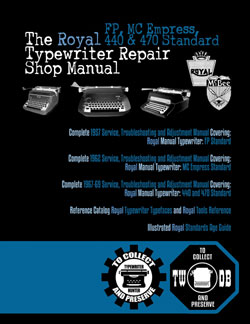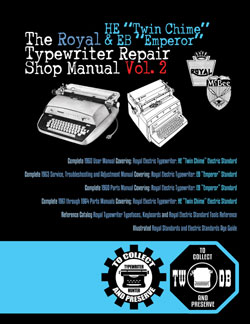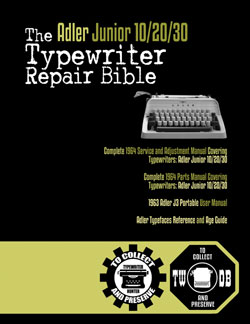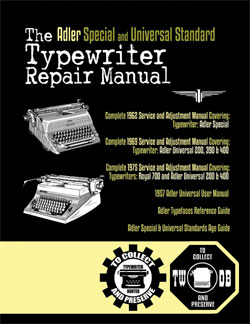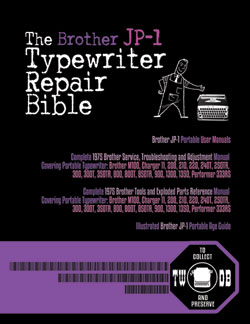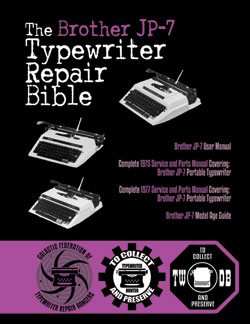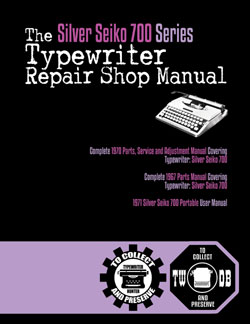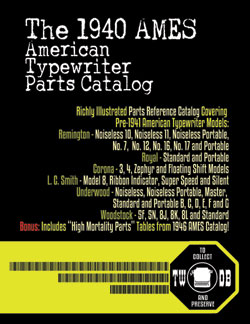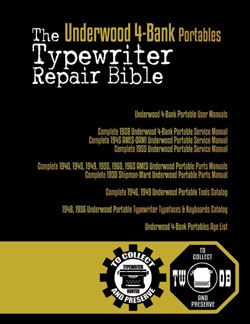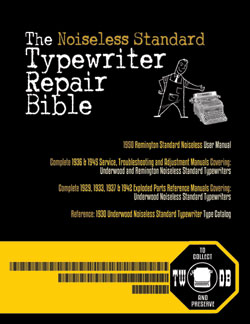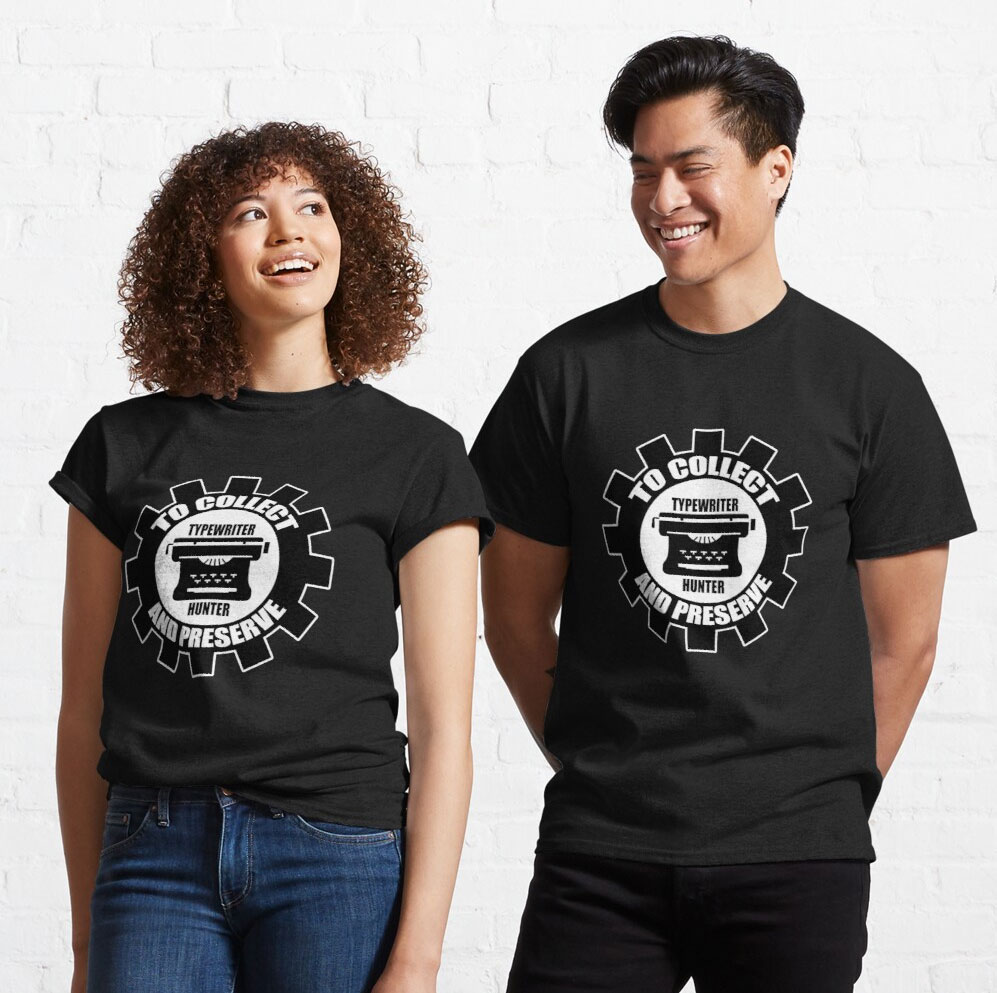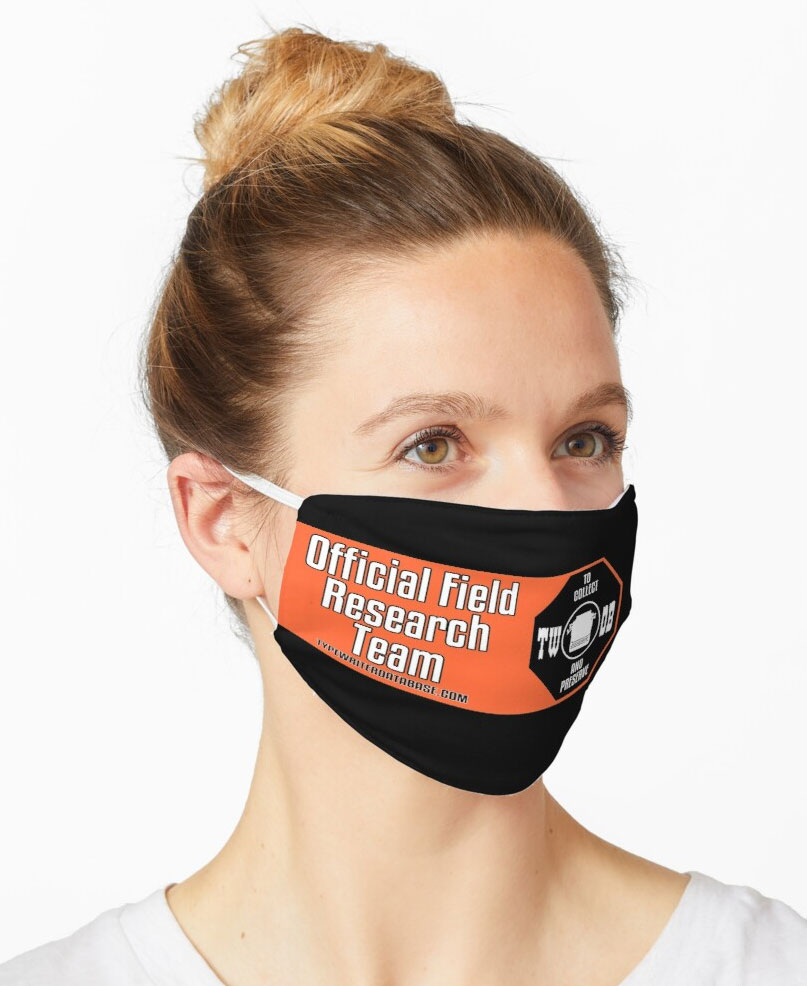1965 Facit TP1 #P369992
Status: My Collection
Hunter: Truls Henriksson (Kebabrulle4869)
Created: 10-31-2020 at 03:27AM
Last Edit: 10-31-2020 at 07:11AM
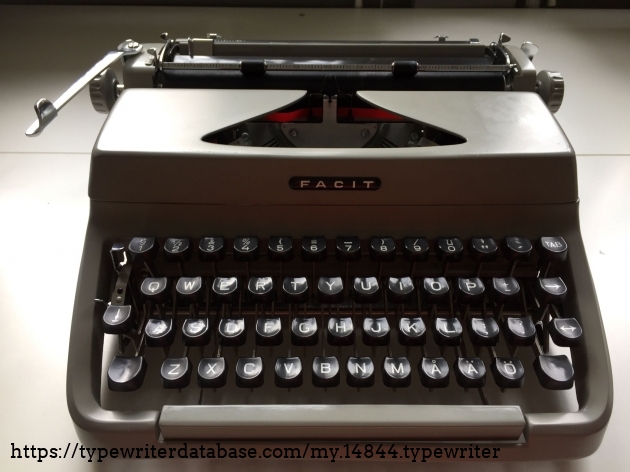
Description:
This is the first typewriter I ever bought! Found it at a thrift store for around $10. I like the rounded corners and the sturdy construction, it's a really well-made portable. It was missing its case when I found it, however.
But to be honest - it doesn't have the nicest colors, mainly only being gray and black. It's honestly a fairly boring-looking machine, but what it lacks in form it makes up for in function. It has levers for setting, removing, removing all, and setting default tab stops, as well as retractable paper support arms and a lever that locks the carriage in the center. The keys are comfortable if a litte bit tough to press, even on the lowest setting after cleaning. I really like that the backspace key is on the right side - it allows muscle memory to carry over from typing on a computer keyboard.
Overall though, a great machine and a pleasure to use.
Typeface Specimen:
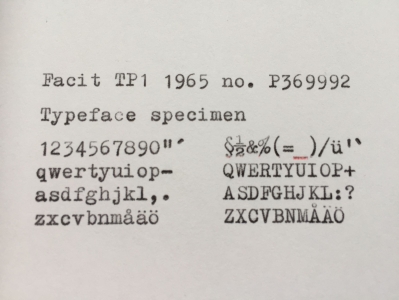
Links:
Photos:
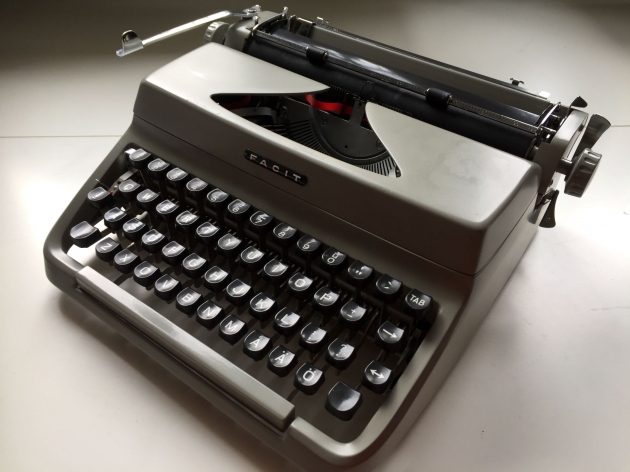
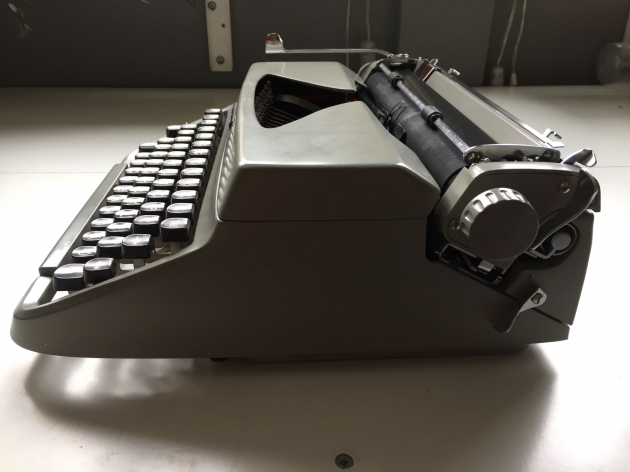
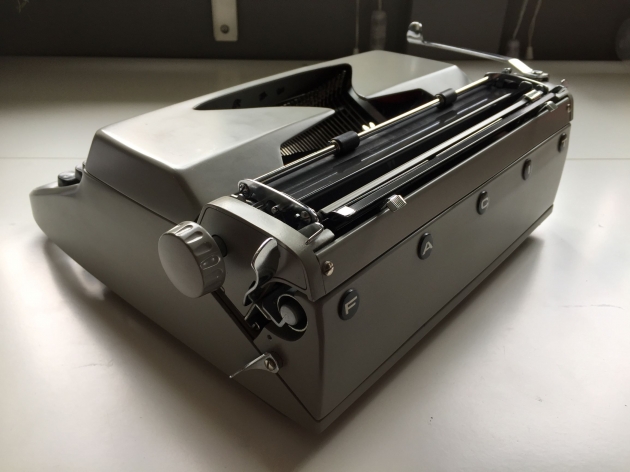
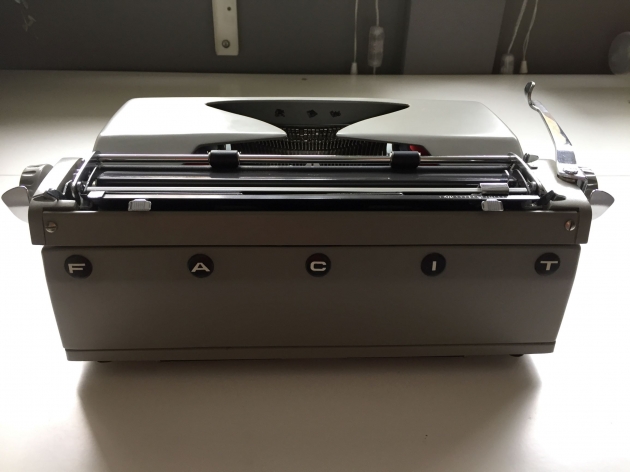
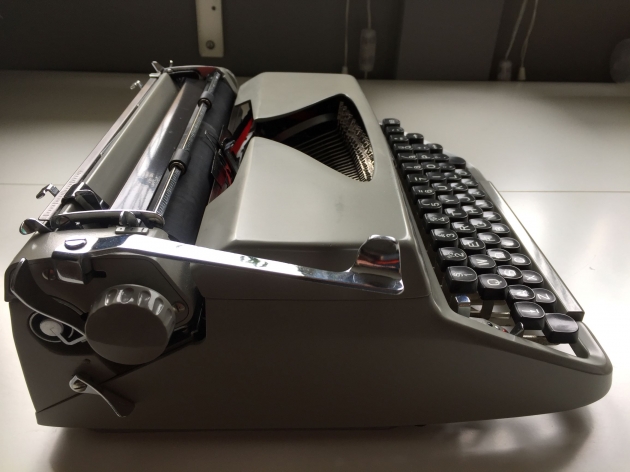
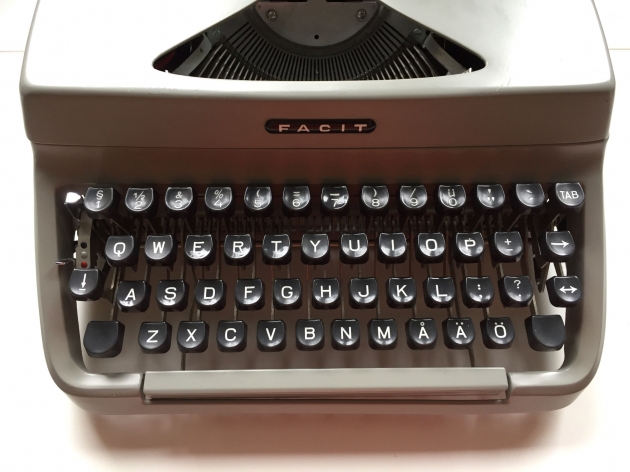
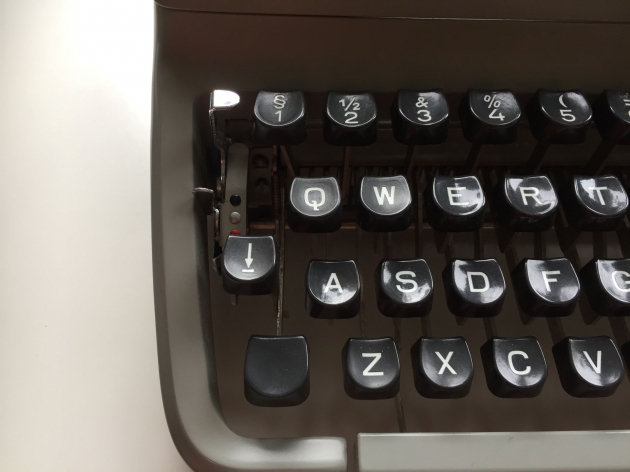
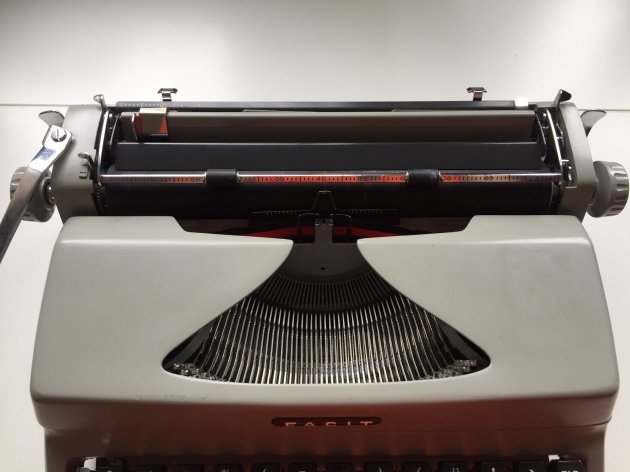
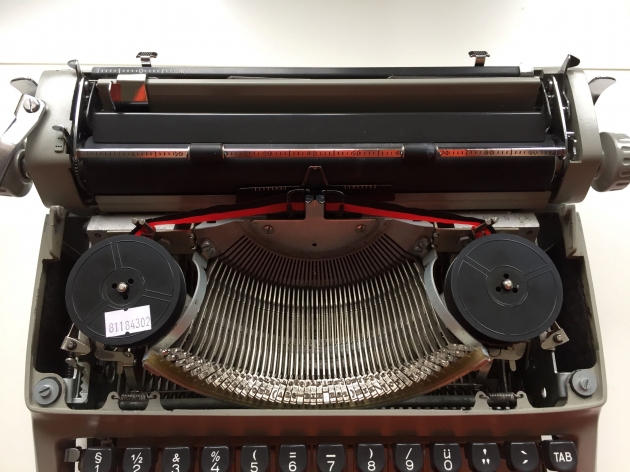
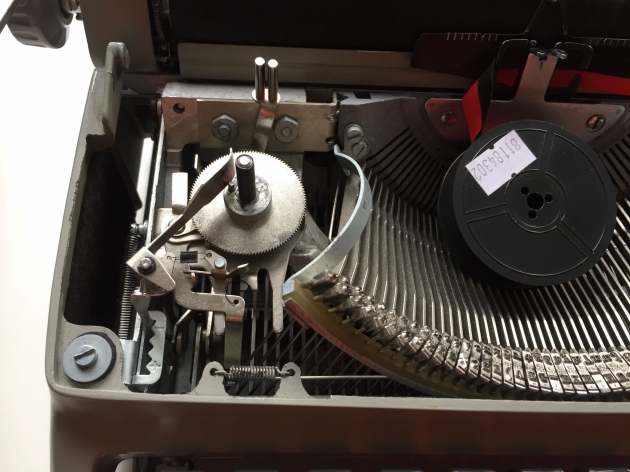
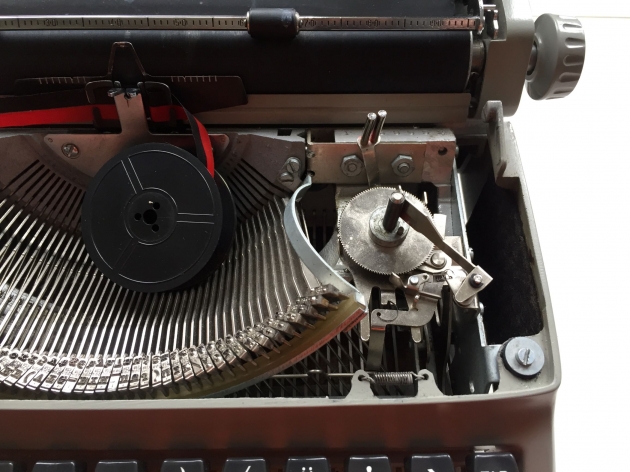
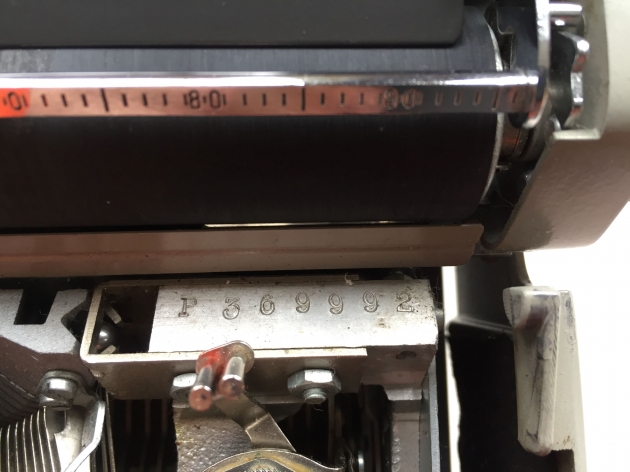
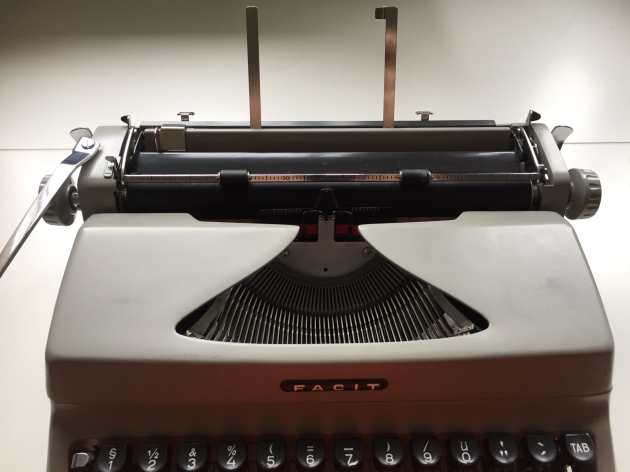
Hunter: Truls Henriksson (Kebabrulle4869)
Truls Henriksson's Typewriter Galleries [ My Collection ] [ My Sightings ]

Status: Typewriter Hunter
Points: 204
Young typewriter collector from Sweden. I've always been interested in tinkering with mechanical machines, and typewriters are perfect objects to tinker with, as you can get so much use out of them. I've always loved the primitive complexity of the machine that could make letters appear on a paper entirely mechanically, and that's why when I saw a Facit TP1 in a thrift store in February 2020, I knew I had to buy it.
And that's where this all started for me. Now I'm interested in the history of typewriters, and especially how the layout of the Swedish keyboards evolved and were standardized over time. I'd like to someday have a machine from each major era in typewriter history, so that they together tell a story of how they were developed. But I also like to use typewriters, and that's why I will happily get any typewriter that's unique among the ones I already have, whether that means having a wider carriage, being really quiet, or just being really good-looking.
And yes, that's my cat in my profile picture. Isn't he the greatest? :)
RESEARCH NOTE: When researching the Facit TP1 on a computer with lots of screen real estate, you may find that launching the Facit Serial Number page and the Facit TP1 By Model/Year/Serial page in new browser windows can give you interesting perspectives on changes throughout the model series.
